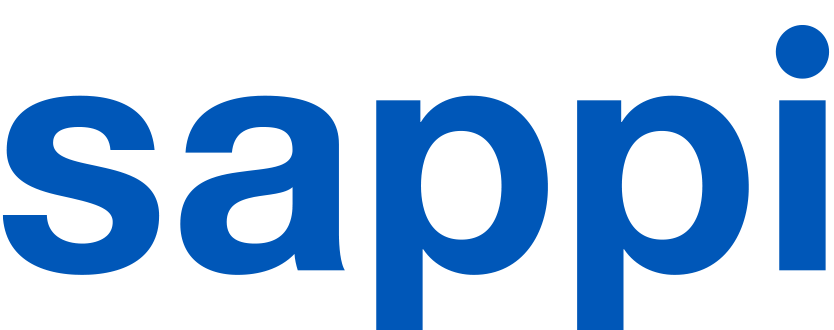
-
Produits et services
- Contenu connexe
Formation et information
 Formation et informationRessources créatives pour en savoir plus sur tout ce qui concerne le papier et l’impression.
Formation et informationRessources créatives pour en savoir plus sur tout ce qui concerne le papier et l’impression. -
Développement durable et Impact
Faits frais sur les fibres fraîches
 Faits frais sur les fibres fraîchesApprenez à choisir entre des fibres fraîches et recyclées pour votre prochain projet.
Faits frais sur les fibres fraîchesApprenez à choisir entre des fibres fraîches et recyclées pour votre prochain projet.Le pouvoir des arbres
 Le pouvoir des arbresOù la puissance des arbres rencontre la force de Sappi.
Le pouvoir des arbresOù la puissance des arbres rencontre la force de Sappi.Liste des options de nos chaînes de traçabilité
 Liste des options de nos chaînes de traçabilitéVous pouvez compter sur notre vision du développement durable.
Liste des options de nos chaînes de traçabilitéVous pouvez compter sur notre vision du développement durable. -
Innovation et collaboration
Des alternatives durables au plastique
 Des alternatives durables au plastiquel'utilisation de cellulose et de fibres de bois provenant d'arbres
Des alternatives durables au plastiquel'utilisation de cellulose et de fibres de bois provenant d'arbresDevenez partenaire avec nous
 Devenez partenaire avec nousTravailler avec les marques pour développer des solutions durables
Devenez partenaire avec nousTravailler avec les marques pour développer des solutions durables - Nouvelles et événements
-
À propos de nous
Recherche et Développement
 Recherche et DéveloppementNous travaillons présentement aux solutions de demain.
Recherche et DéveloppementNous travaillons présentement aux solutions de demain.Rapport intégré annuel Sappi 2023
 Rapport intégré annuel Sappi 2023Façonner continuellement notre entreprise.
Rapport intégré annuel Sappi 2023Façonner continuellement notre entreprise.
.png?itok=SyBKGZbl)
As you'll read here, the comprehensive fire risk management system we've developed at Sappi incorporates risk assessments, monthly compliance checks, management procedures, standards and more. Fire safety and protection is a top priority for all of us.
Mapping risks
Before each fire season, fuel load maps are prepared for all districts to assist in the management of fuel loads and identification of major risks. The assessment of fuel load status, as well as the age and genus of the crop (pines or eucalypts) provides the forester and incident commander with a tool to calculate the damage potential. This facilitates an average risk rating for use in strategic planning, enabling our foresters to focus resources in the smartest places. Part of this exercise results in risk rating maps to plan fire protection systems and execute fire response activities.
Tracking fire danger
Each plantation has a weather monitoring station strategically placed to keep track of the fire danger index (FDI). The FDI data is reported automatically using a mobile phone or through the Vital Fire Weather database with consolidated input from different landowners. Vital Fire Weather then sends alerts via SMS and email. When the FDI reaches a certain level, all aerial and ground firefighting resources are placed in strategic positions, all airstrips are manned and detection centres are instructed to activate aircraft immediately should a fire be detected within or near our plantations.
Training firefighters
Fire competitions and simulated fire training are conducted at each plantation. During simulated fire training, we create realistic fire incident scenarios without the use of real fire to test and enforce systems and procedures. These simulations allow command and ground teams to understand their respective roles, systems and the documentation that may be required during wildfire scenarios.
Aligning with our commitment to life on land
While fires do occur naturally in the wild, uncontrolled wildfires can have devastating consequences, including loss of life and injuries, job losses, the destruction of livelihoods, compromised food security, as well as destruction of infrastructure, the environment and associated biodiversity. Our focused, comprehensive response to wildfire aligns with our commitment to SDG15: Life on Land and to a thriving world.



